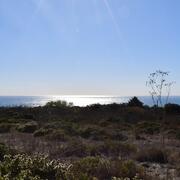Alabama
Streamflow Alteration Assessments to Support Bay and Estuary Restoration in Gulf States
Interested In A Career With The USGS Lower Mississippi-Gulf WSC?
We will be happy to provide information upon request!
Lower Mississippi-Gulf Water Science Center
Welcome to the USGS website that provides access to water resources information for the USGS Lower Mississippi-Gulf 5 State Water Science Center. Our center encompasses Alabama, Arkansas, Louisiana, Mississippi and Tennessee including all of the unique water resources contained within! If you are seeking Real-Time Water Data for the states we serve please click the button below.
Quick links - Water Conditions for the nation
See current and historical water data for the United States. Here you can find information from floods to droughts for the entire nation.






